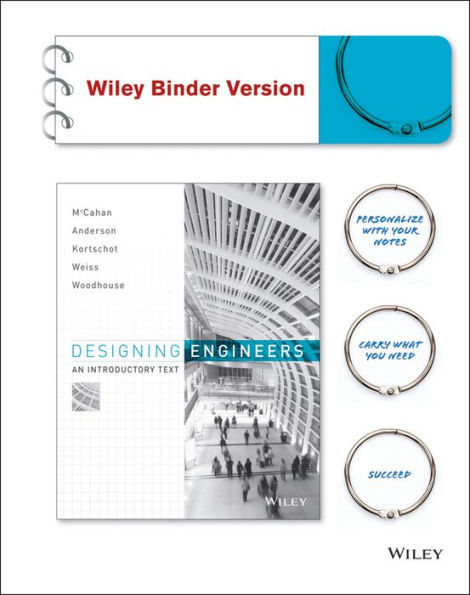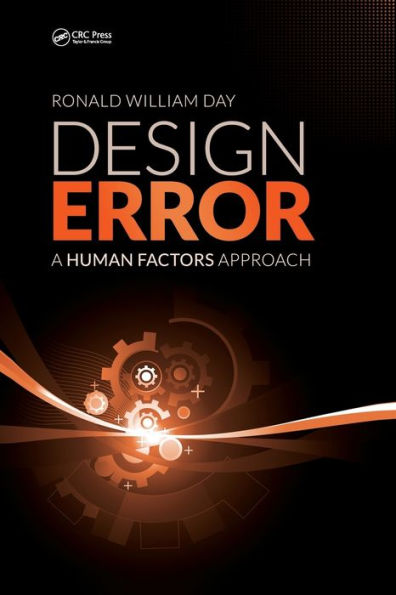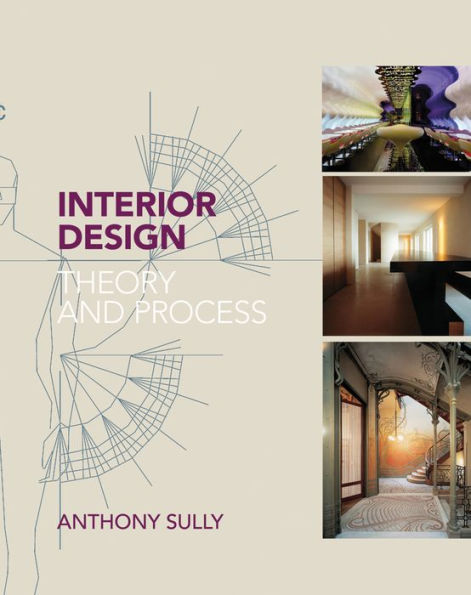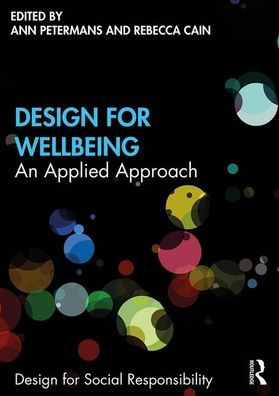Home
Getting Design Right: A Systems Approach / Edition 1
Barnes and Noble
Getting Design Right: A Systems Approach / Edition 1
Current price: $120.00


Barnes and Noble
Getting Design Right: A Systems Approach / Edition 1
Current price: $120.00
Size: OS
Loading Inventory...
*Product information may vary - to confirm product availability, pricing, shipping and return information please contact Barnes and Noble
Filling a new need in engineering education,
Getting Design Right: A Systems Approach
integrates aspects from both design and systems engineering to provide a solid understanding of the fundamental principles and best practices in these areas. Through examples, it encourages students to create an initial product design and project plan.
Classroom-tested and industry-reviewed, the text focuses on the steps of a basic design cycle. It first defines the problem, establishes technical requirements, and identifies the customer value proposition. The text then explores the design space, optimizes design choices, and develops the architecture, including behavior, control, and structure. After validating the design, the author presents an accessible treatment of resource-constrained scheduling as a computer puzzle. The final chapter covers the level-by-level decomposition of systems. In addition, the appendices offer useful design challenges for a bathroom-cleaning robot, a home health-care monitoring system, a night-vision system for automobiles, and an Internet-based meal delivery system.
Using a design approach based on simple text-based tools and spreadsheet software, this book presents a formal process for discovering requirements and tackling design problems. It will help mature audiences in professional settings as well as students with limited design and project experience.
Getting Design Right: A Systems Approach
integrates aspects from both design and systems engineering to provide a solid understanding of the fundamental principles and best practices in these areas. Through examples, it encourages students to create an initial product design and project plan.
Classroom-tested and industry-reviewed, the text focuses on the steps of a basic design cycle. It first defines the problem, establishes technical requirements, and identifies the customer value proposition. The text then explores the design space, optimizes design choices, and develops the architecture, including behavior, control, and structure. After validating the design, the author presents an accessible treatment of resource-constrained scheduling as a computer puzzle. The final chapter covers the level-by-level decomposition of systems. In addition, the appendices offer useful design challenges for a bathroom-cleaning robot, a home health-care monitoring system, a night-vision system for automobiles, and an Internet-based meal delivery system.
Using a design approach based on simple text-based tools and spreadsheet software, this book presents a formal process for discovering requirements and tackling design problems. It will help mature audiences in professional settings as well as students with limited design and project experience.

















